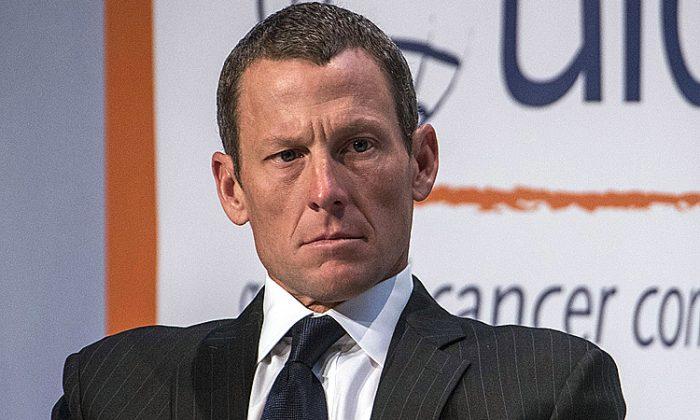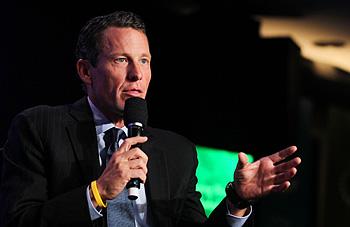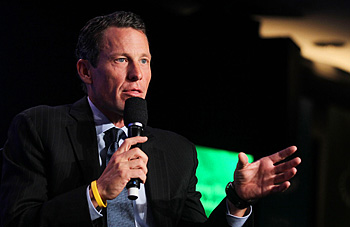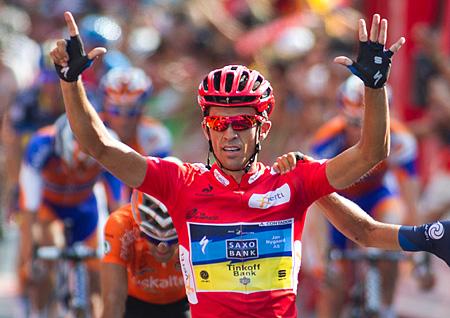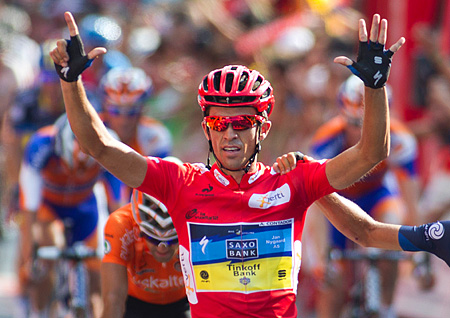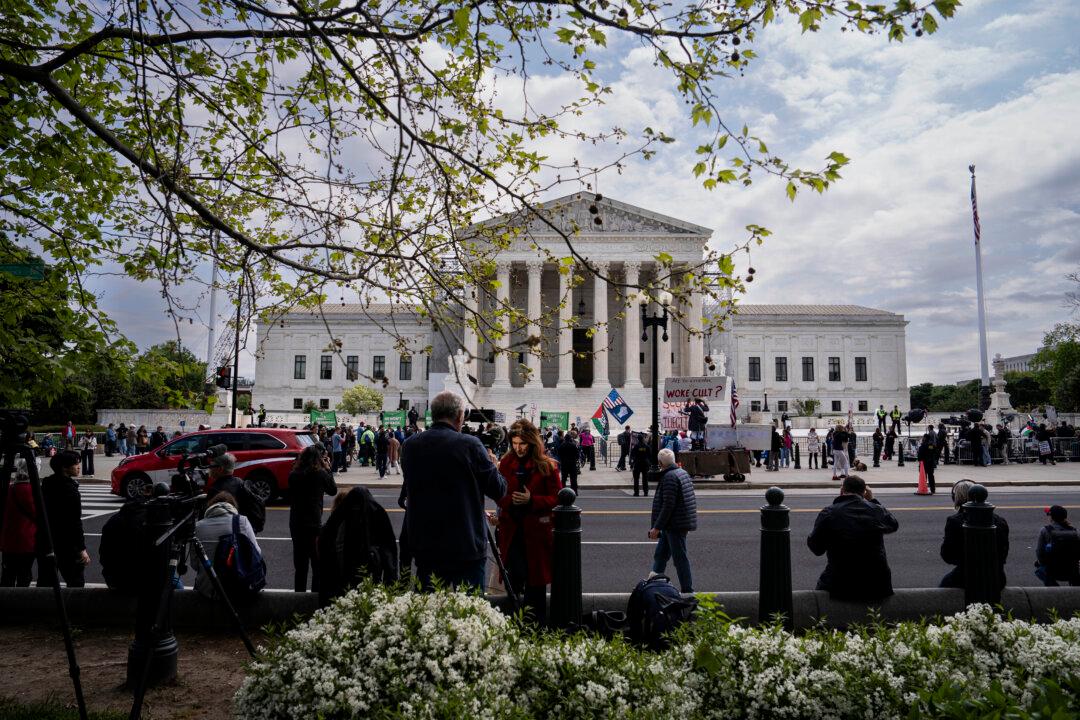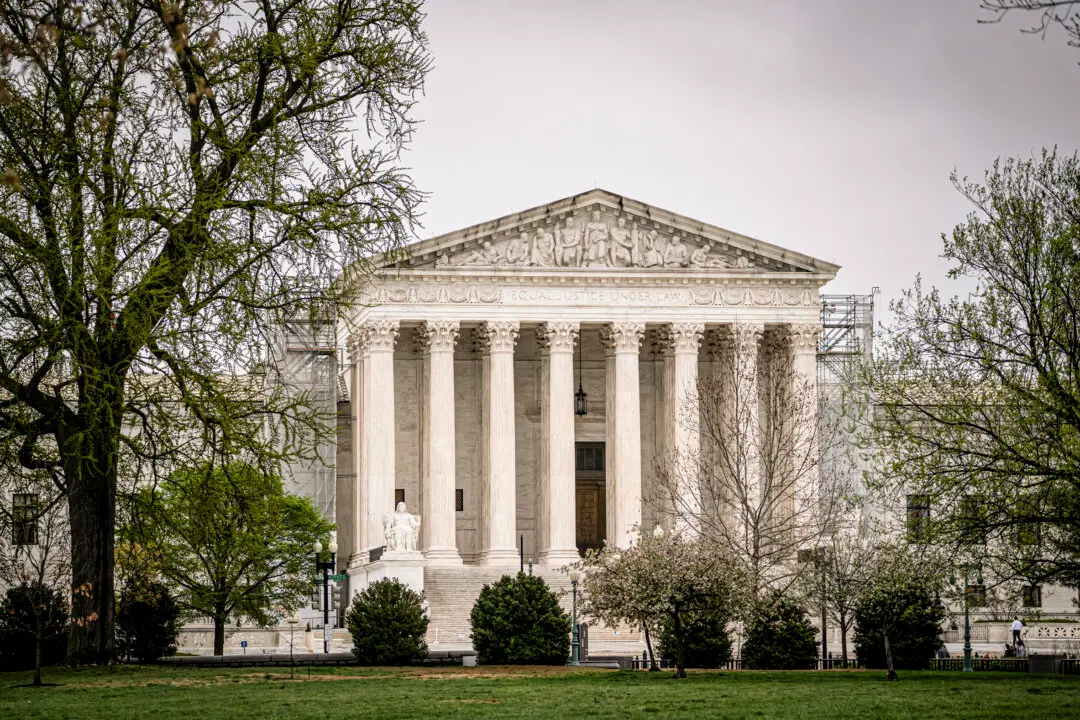The United States Anti-Doping Agency has released 1000 pages of testimony and documentation which it gathered in its investigation into the use of performance-enhancing drugs by the U.S. Postal Service and other U.S. teams and by riders including Lance Armstrong.
USADA CEO Travis Tygart describes the evidence as personal testimony plus “direct documentary evidence including financial payments, emails, scientific data and laboratory test results that further prove the use, possession and distribution of performance enhancing drugs by Lance Armstrong.”
This evidence constituted the USADA case against Armstrong, a case which never went to court because Armstrong elected not to contest it, and to accept whatever penalties were handed out (though Armstrong has repeatedly claimed that USADA does not have jurisdiction in races organized by ASO or UCI, the two concerned international cycling bodies.)
Tygart’s statement and the full list of documents are available at http://cyclinginvestigation.usada.org/
There is still no direct evidence that Lance Armstrong ever used performance-enhancing drugs: no positive tests, no photos or film, and certainly no admission.
However, those 200 documents include the sworn testimony of 11 of Armstrong’s teammates, all of who admit to using banned substances, and all of whom implicate Armstrong.
These teammates are some of the biggest names in cycling today: George Hincapie, Levi Leipheimer, Christian Vande Velde, Tom Danielson. While Hincapie has retired, the others have effectively ended their otherwise viable careers by speaking out publicly.
While no one can say for sure that these men are not lying, a simple perusal of their statements gives the strong impression that these riders are being completely honest.
The picture that emerges is of a cycling culture where starting in 1995 everyone who wanted to compete at the highest level was forced to use a variety of banned substances, including erythropoietin (EPO,) cortisone, human growth hormone (HgH,) and testosterone. Every serious professional team had well-orchestrated blood-doping regimens in place, and efforts were taken to prevent detection.
Many of the riders were uneasy about the professional, medical, and moral issues, but their desire to compete outweighed the risks.
Indeed, how could Armstrong have competed so successfully if he had not been using the same banned substances? How could he have won seven Tours de France against riders who were chemically enhanced?
None of this takes away from Armstrong’s excellence as a cyclist. He was the best of his era, despite it being an era of drug use. He was playing on a level field, although that field was elevated above what a normal person could reach. Lance Armstrong earned his victories through hard work, strong will, and genetic advantages; he was the best cyclist of his era.
Further, his most important contribution is and shall continue to be his work helping cancer survivors. Cycling might have dominated two decades of Lance Armstrong’s life, but cancer nearly killed him, and since his return to cycling and to fame after defeating the disease, Lance Armstrong has done enormous good for cancer survivors, setting up the Lance Armstrong Foundation to lobby Congress, provide education, research grants and to create a network of survivors who can help one another get through this terrifying disease.
Lance Armstrong is a strong-willed, highly competitive individual. These qualities helped him beat both cancer and the riders in the peloton. His drug use doesn’t change his character, and that character will help him continue to fight cancer for others long after he beat it himself—and long after his cycling career is forgotten by all but aficionados.
Zero Tolerance Is the Only Way
Armstrong’s drug use can no longer be denied except by fanatics, and that is fine. It is time to put this in the past—and to use it to change the future.
One thing made obvious by the evidence is that the Union Internationale Cycliste knew about blood-doping and turned a blind eye.
Riders (including Armstrong) were caught with drugs or with metabolites of drugs (Armstrong tested positive for corticosteroids 1999 (he claimed it came from a saddle-sore cream)) and the flimsiest of excuses were accepted.
UCI certainly could have made a much greater effort to stop blood-doping. Now it certainly must.
Decisions such as the retroactive ban of Alberto Contador show that UCI weighs publicity and popularity more than honesty. Riders caught doping should not be let of easy because they are big names in the sport.
Lance Armstrong brought the entire U.S. nation into cycling, igniting interest that prior stars such as Greg LeMonde never did. UCI therefore let Armstrong slide. Contador, the most popular Spanish rider, got off with six months of a two-year ban.
This can no longer be accepted. Do the crime, do the time must be the attitude going forward. Fines as well as suspensions, and maybe longer suspension or perhaps outright bans would make riders think twice. The very few false positives could be all but eliminated by a more rigorous system of testing—the “Blood Passport” system of monitoring hematocrit regularly, and the comparison of immature to mature red cells test could be instituted.
The blood-dopers use every latest development to beat tests; the organizing bodies must use the latest detection systems, and must back up every positive result with prohibitive penalties.
The USADA evidence might have proved Lance Armstrong used drugs; it also proved that everyone used drugs, and everyone knew. Cycling cannot be allowed to have even the appearance of impropriety. UCI and ASO must do everything possible to remove any chance for dopers to succeed.
